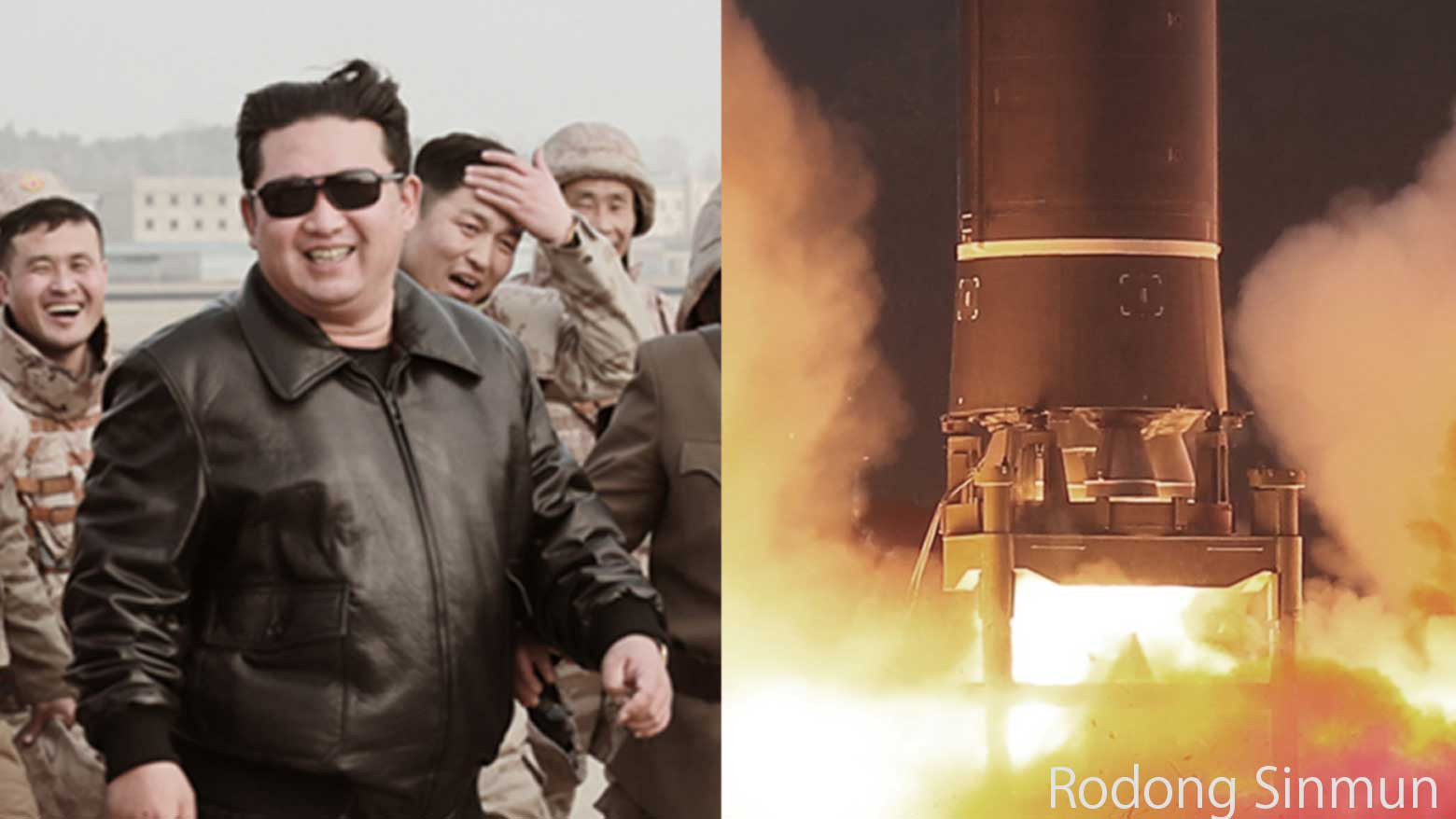It flew longer – about 71 minutes, according to Japanese officials, or about 67 minutes, North Korea claimed. If confirmed as an ICBM, it is Pyongyang's first launch of the class in more than four years.
The launch took place when the Group of Seven leaders were meeting in Belgium to discuss the Ukraine crisis.
"The North's launch of a possible ICBM is an unforgivable provocative act that Japan strongly condemns," Japanese Prime Minister Kishida Fumio told reporters in Brussels. "Its conduct is posing a threat to peace and the security of Japan, the region, and the international community."
North Korea's ruling Workers' Party newspaper said it was new type ICBM Hwasong-17, launched at a steeper angle than usual, flying in a lofted trajectory with a maximum altitude of more than 6,200 kilometers.
What's more – the North says the missile traveled 1,090 kilometers and hit a target zone in the ocean. Japanese officials say the missile is estimated to have fallen into the Sea of Japan, just about 150 kilometers west of the northernmost prefecture, Hokkaido. The area is within Japan's exclusive economic zone and close to its territorial waters.
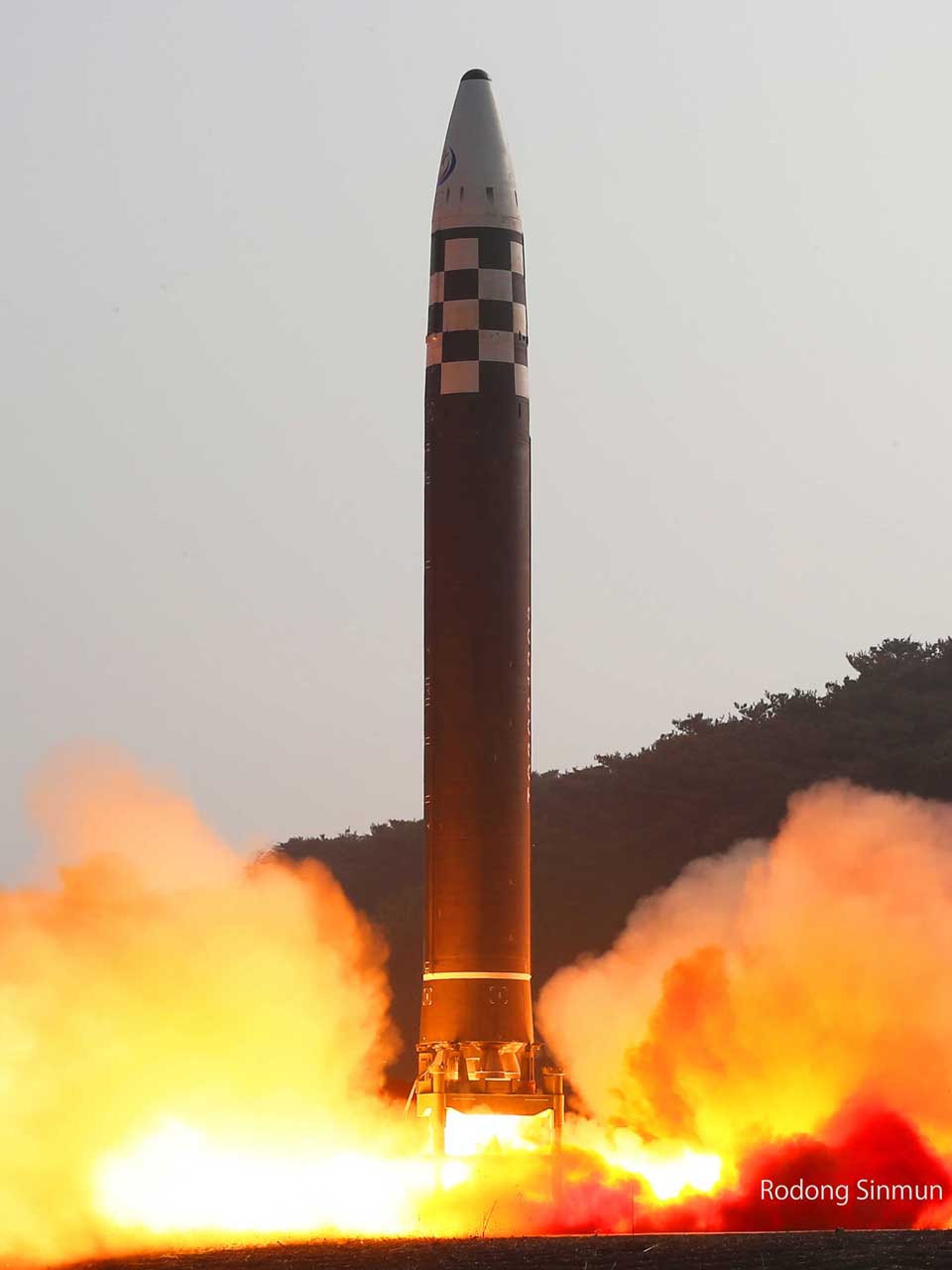
The North's state-controlled media hailed the launch as a success, saying North Korean leader Kim Jong Un "stressed that our national defense forces would possess formidable military and technical capabilities unperturbed by any military threat and blackmail… and keep themselves fully ready for long-standing confrontation with the US imperialists."
The Hwasong-17 is one of the world's largest transportable ICBMs – sometimes referred to as "monster missiles." It was first made public in the 2020 military parade.
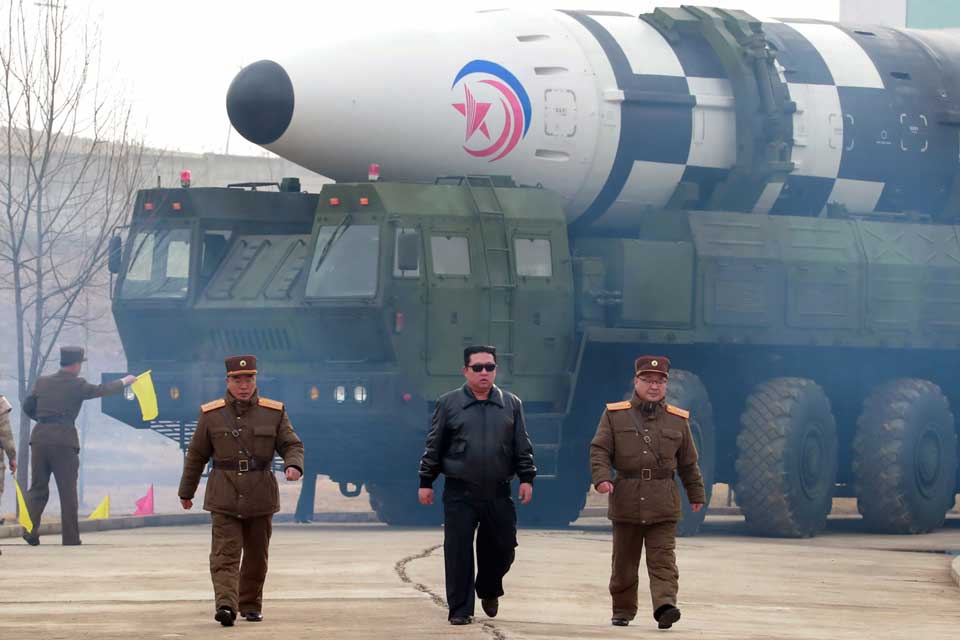
But South Korea's Yonhap news agency cited its sources as saying the missile was a Hwasong-15, the same type fired in 2017, possibly carrying a lighter warhead to make it fly longer-range.
Japanese officials say nonetheless danger remains the same. They say the latest launch shows that North Korea now could have the United States mainland in its range if the weapon was fired on a normal trajectory.
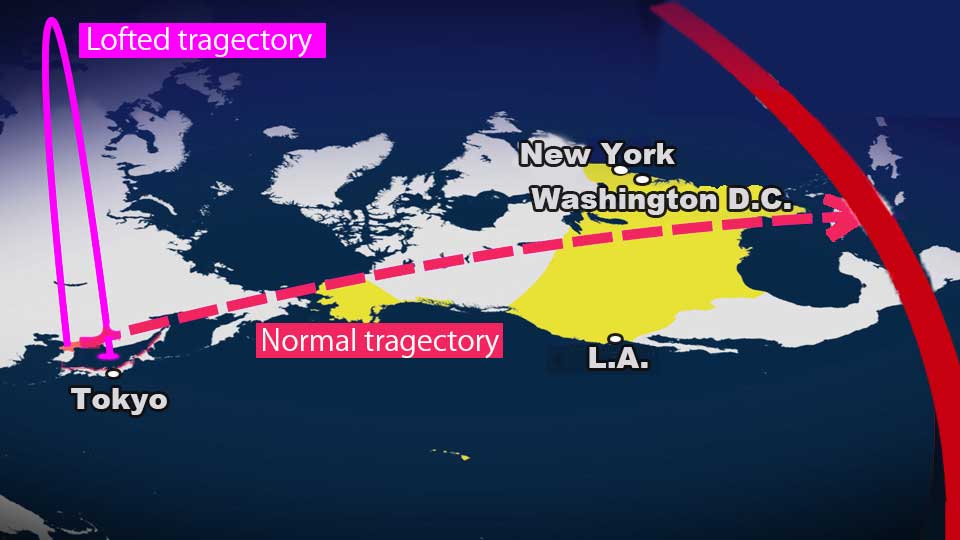
North Korea rattles the cage
North Korea has launched 15 ballistic missiles this year alone. In comparison, Kim's father, Kim Jong Il, oversaw 16 during a period of 17 years. The most recent is likely the first ICBM since November 2017.
Observers are trying to understand the recent flurry of activity.
"One factor is the deadlocked negotiations with the United States," explains NHK's former Seoul bureau chief, Ikehata Shuhei.
The leaders of the two countries have not met since 2019, and no summit after President Joe Biden's inauguration.
In April 2018, Pyongyang announced it was suspending ICBM launches and nuclear tests. But Ikehata says Kim has apparently been frustrated that there was little prospect of US-North Korea talks resuming and that Biden was suggesting even more sanctions.
Ikehata also suggests the latest launch could also be in response to South Korea's presidential election. Conservative president-elect Yoon Suk-yeol is promising a much tougher stance against North Korea.
"During his campaign, Yoon said that the South should have the ability to make a preemptive strike against the North," says Ikehata. "It is easy to imagine Pyongyang is not happy about that."
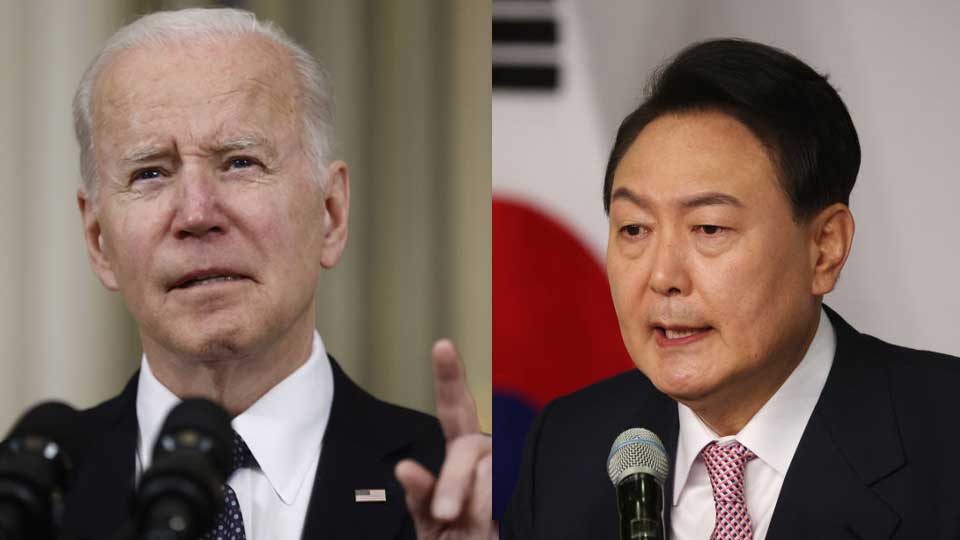
James Kim, a Korean affairs expert at the Asan Institute for Policy Studies, thinks North Korea's leader is appealing to his domestic audience ahead of an important date.
"Next month marks a very significant moment for North Korea, the 110th anniversary of Kim Il Sung's birthday," says Kim. "There's some satellite imagery that suggests Pyongyang appears to be preparing for a large military parade or some kind of an event tied to this."
He adds the situation in Ukraine could be another factor. "The international community has turned its focus away from the Korean Peninsula to Europe. So North Korea wants to sort of shout out and make its mark and tell the world that it's still here – trying to suggest it's an issue that Washington and the rest of the world need to address."
